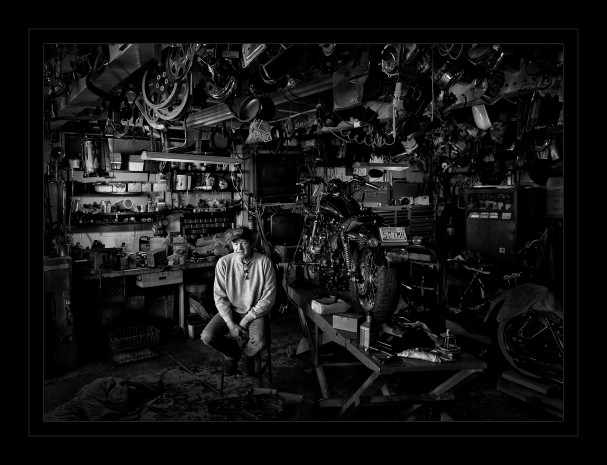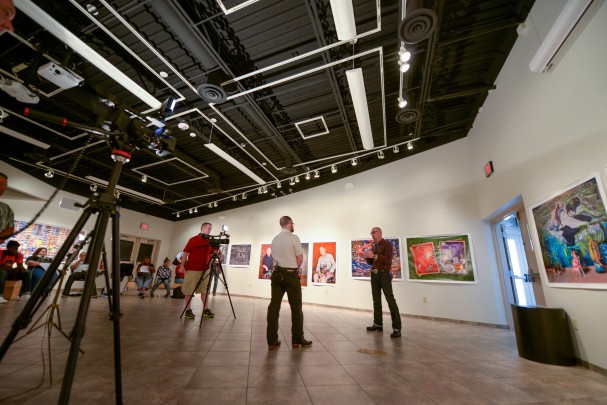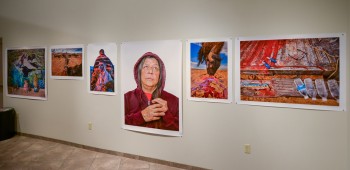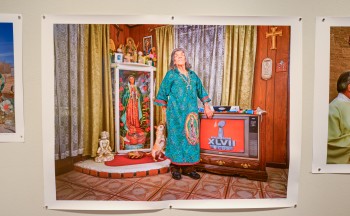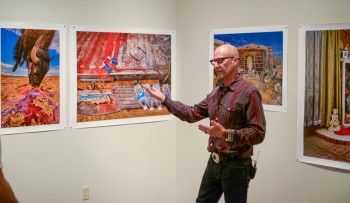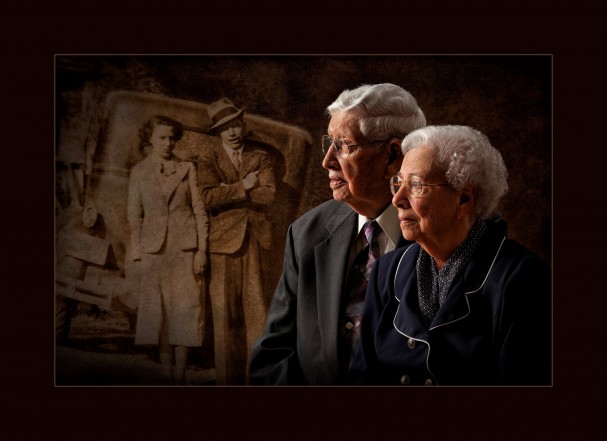Dennis and Cheri Hammon are a successful photography team based in Idaho. Not only are they award-winning photographers, but Dennis is a PPA affiliate juror and Cheri is a qualified juror for state competitions.
 “I have a degree in Geology, but ended up teaching Photography at a university,” Dennis says. “I started working for a ski resort and doing photography for the ski circuit, back in the 70s, and here I am, 45 years later.”
“I have a degree in Geology, but ended up teaching Photography at a university,” Dennis says. “I started working for a ski resort and doing photography for the ski circuit, back in the 70s, and here I am, 45 years later.”
Cheri took a little more of a longer route to the world of photography. She initially worked as a hairdresser, but due to allergies, she decided on a career change. Thanks to a family friend, she started working for a prominent photographer in Augusta, Ga. “The studio needed a retouch artist and I had an art background,” she says. “I learned all the behind-the-scenes stuff like negative retouching, print retouching, airbrushing for copy restoration, some printing, and matting and framing. As time progressed, digital came along, then Photoshop and Corel Painter. That’s a Reader’s Digest version of how I got started.”
The Hammons have a long list of awards, but both agree that the Sunset Print Award is among the top award to win. “We’ve both won several, and it’s one of our favorite awards to win. We’ve each won two or three of them” says Dennis. “The only awards that we have on our desks are the LexJet awards and the Canon awards.”
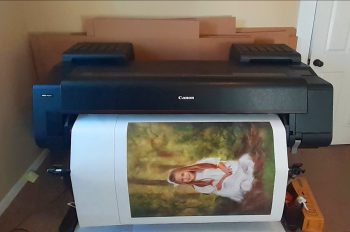
The Hammons are known for their printing abilities and print their own fine artwork. From capture to print, they have complete control of how the final piece will look. To ensure that it meets their standards, they use the Canon imagePROGRAF PRO-4100.
This is a smart printer and it recognizes all of my papers and canvases, it agitates its own inks, and if a head goes out, I pop it out and pop a new one in. It’s so easy, as opposed to the maintenance issues I had with other brands,” says Cheri. “I love my Canon.”
Dennis agrees, “The speed of it! The first image we printed with it, the print came off so fast, we thought something was wrong because of how long the other printer took to print the same size image. That was a big factor. And the inks, we’d barely replaced our first cartridges after a year.”
It takes more than a great capture and a reliable, easy-to-use printer to create an award-winning photograph. It also takes the right media. Cheri paints the canvas, so she relies on the consistency of Sunset Reserve Matte Canvas. After 35 years in the darkroom, Dennis loves the throwback look of Sunset Fibre Elite 285g paper.
“I’ve always had a darkroom, and the Fibre Elite mimics some of the papers I used way back when, that’s why I’m drawn to it,” he says. “The feel, the texture, the luster of it and how it holds the tooth of the image for me. We have other papers, but that’s the only thing I put my work on.”
Whether it’s talking through printer questions or looking to get their favorite Sunset media, Dennis and Cheri rely on the support of their LexJet specialist to be there, if needed. “I first heard of LexJet when I moved from Georgia to Florida,” says Cheri. “A friend, Don Emmerich, told us about LexJet and I’ve been with them ever since.”
So, what is it about LexJet that keeps the Hammons coming back? The service.
“The service is great and whenever I call, I always get somebody, and on the rare occasion that I don’t, they call me back pretty quickly,” says Cheri. “They have always taken care of issues, which I haven’t had many. The customer service is really good.”
For Dennis and Cheri, it’s not just about taking great pictures and sharing them digitally, it’s about creating a unique piece of art starting with a keen eye and finishing with a printed masterpiece. With her usual artistic flair,
Cheri sums up how important it is for photographers to take that final step and print an image.
 “The ultimate realization of an exquisitely created image is to become a will-crafted print, where life is finally breathed into the artist’s creation.”
“The ultimate realization of an exquisitely created image is to become a will-crafted print, where life is finally breathed into the artist’s creation.”
We are excited to have the Hammons back to serve as judges for the Sunset Image Awards in September. Submit your photo today for a chance to win. For more information on Canon, Sunset media, or LexJet, give us a call at 800-453-9538.

